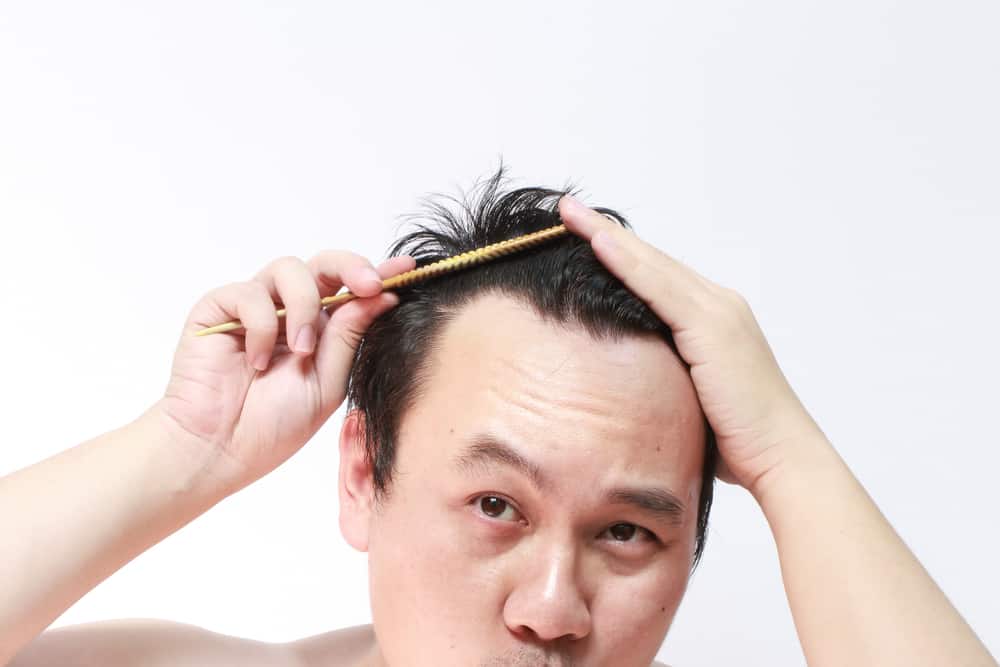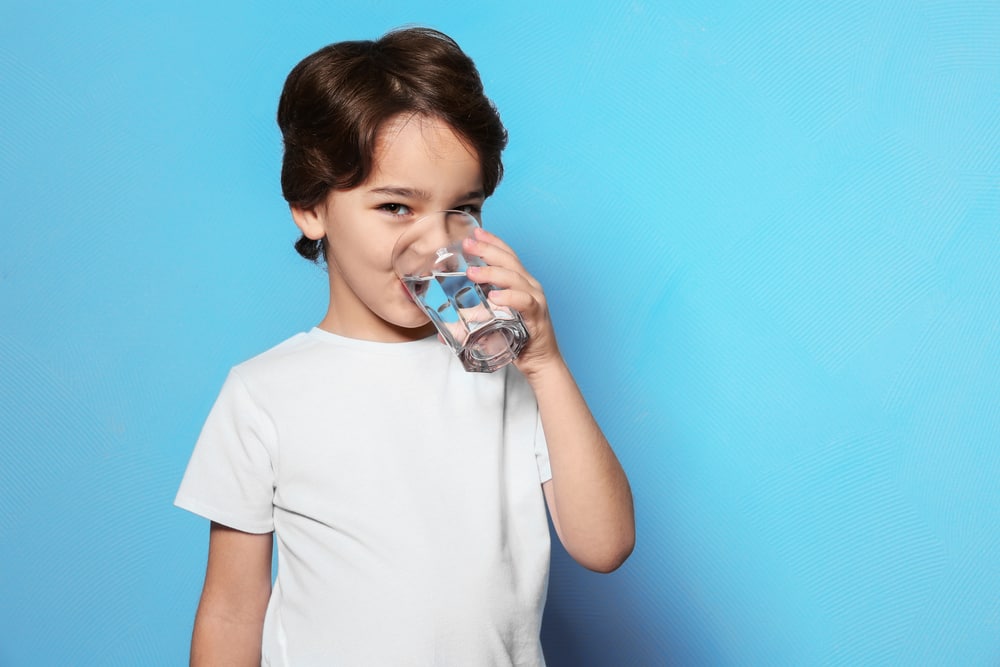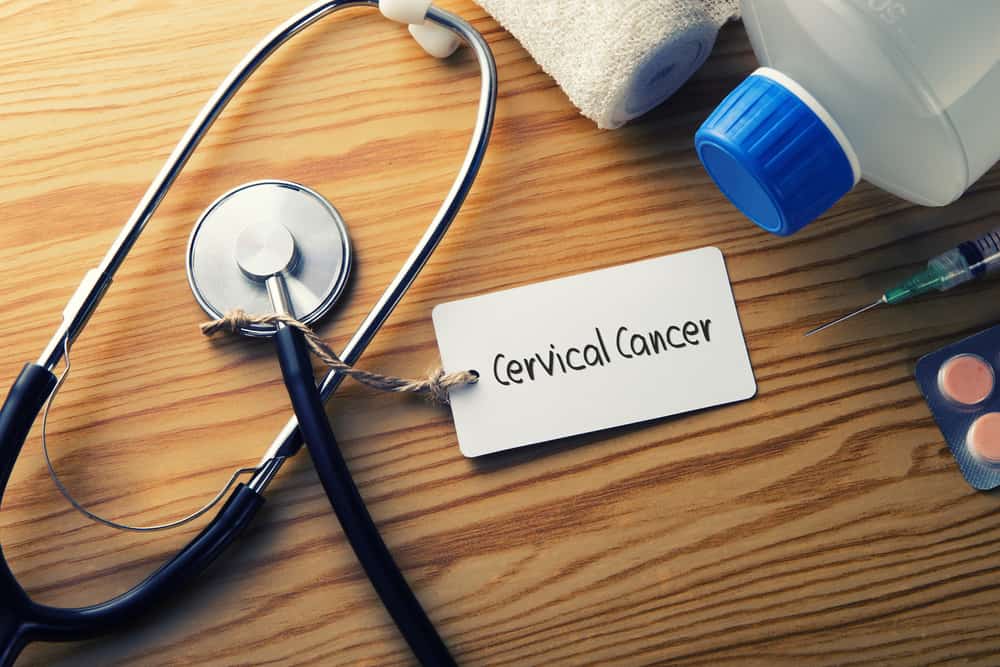Contents:
- Medical Video: Male & Female Pattern Natural Hair Loss
- Why can baldness occur?
- What is the difference between male and female baldness?
- Time of baldness
- Bald pattern
Medical Video: Male & Female Pattern Natural Hair Loss
For years it was believed that hair loss to baldness is a man's problem, so hair loss and baldness in women are rarely discussed. However, currently around 40 percent of the 56 million people who suffer from severe hair loss in the United States are women. More than 95 percent of cases of hair loss in men and women are caused by androgenic alopecia, a hereditary condition of hair loss that affects more than three million people each year.
Why can baldness occur?
As the name implies, androgenic alopecia involves a hormone called androgen. This hormone will go through the process of breaking into testosterone, a hormone that plays an important role in male sexual development. This hormone plays an important role in hair growth, both in men and women.
Testosterone produces a by-product known as dihydrotestosterone (DHT), which is produced in the oil glands of hair follicles. Men and women who experience baldness have a genetic sensitivity to DHT which results in shrinking hair follicles, until finally healthy hair cannot survive and cannot produce proper hair to replace falling hair.
The hormone itself has a special life cycle. Testosterone levels in men over 30 years on average drop by 10 percent every decade. The female hormone level decreases before menopause and will drop dramatically after menopause.
Other causes can be associated with allergic reactions to chemicals, dyes, straighteners and certain additives found in shampoo, conditioner, or other cosmetic products.
What is the difference between male and female baldness?
Time of baldness
Men tend to experience baldness earlier than women. A quarter of US men experience symptoms of a bald head before the age of 21 and the bar begins to realize this condition at the age of 35.
Some 85 percent of men experience a significant reduction in androgenetic alopecia at the age of 50 years. However, generally women are not aware of signs of thinning or bald hair until the age of 50 or 60. The cause of this difference is the difference in patterns of hair loss.
Bald pattern
In men, androgenetic alopecia follows a bald pattern in general, which is the loss of hair on the front of the head which gradually goes out towards the top of the head. Because of this, it is relatively easier to realize this condition, both for the man himself and the person who sees it.
However, in women, androgenetic alopecia has a different pattern. Instead of losing hair in certain areas, women's hair loss tends to occur throughout the scalp so it's harder to realize.
The initial sign of baldness in women is usually the hair feels thinner. Sometimes, thinning hair can also be seen on the side around the temple and just above the ear.
However, in some cases the possibility of men experiencing baldness in a female pattern or vice versa, women experience male pattern baldness. In rare cases, both patterns can occur in one person.
Early detection is very important, because all medical treatments are most effective if they are started in the early stages of hair loss, not yet fully bald or bald. The good news is that treatments for hair loss, for both men and women, are often very successful. Natural hair regrowth is an option, as are treatments for hair loss such as shampoo or foam.












